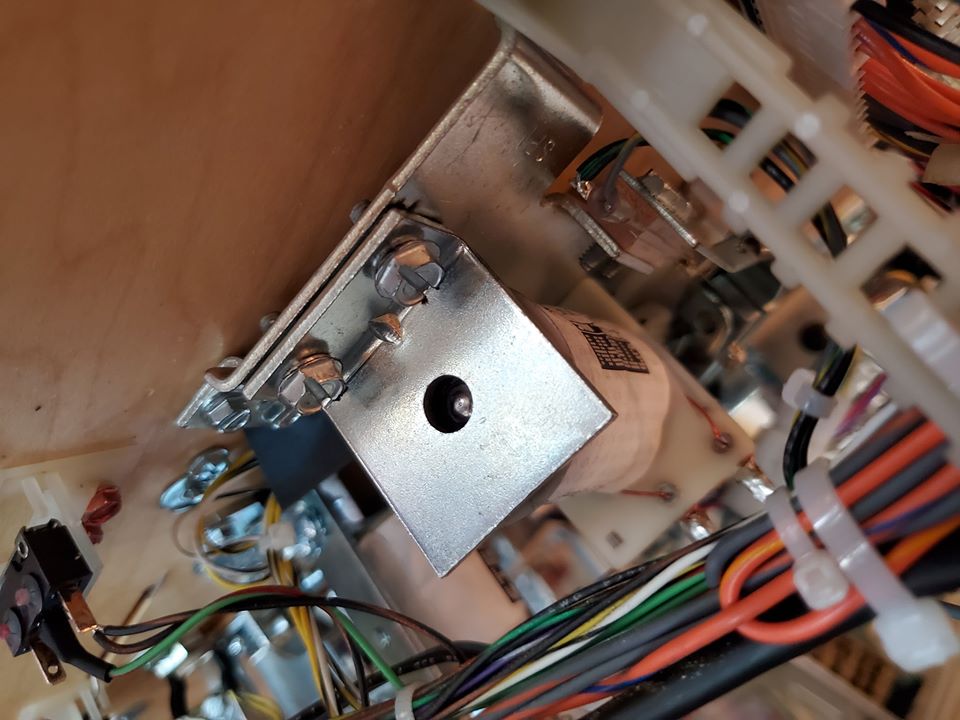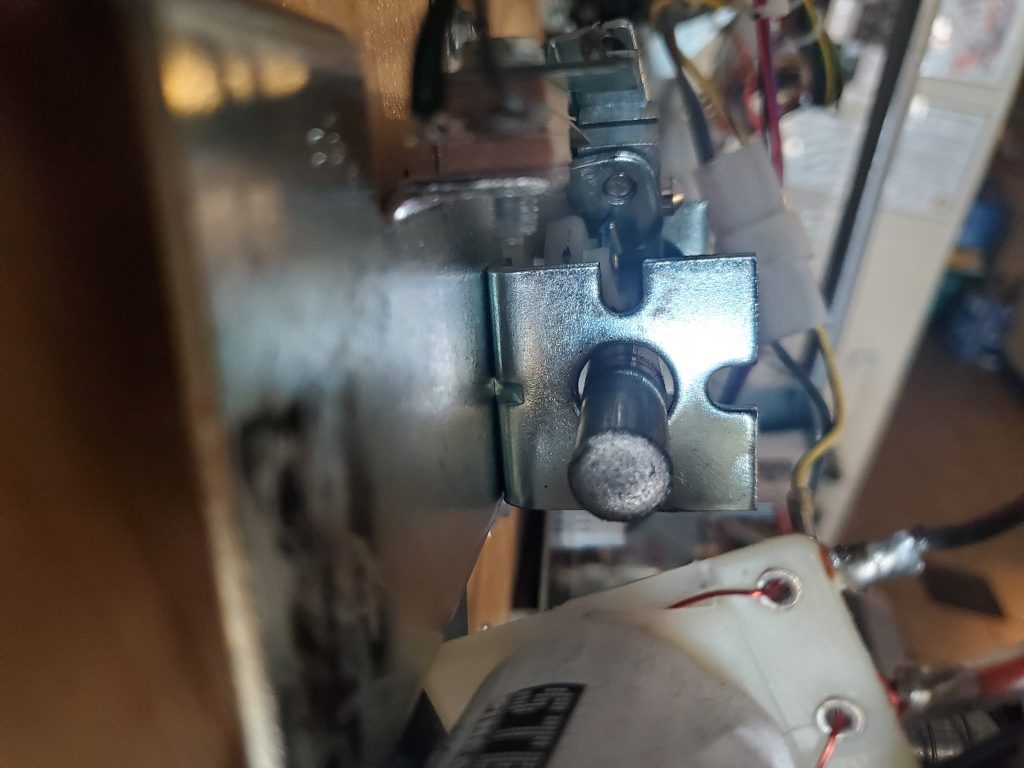After having this game on location for awhile, I thought I might report on what types of wear and tear and damage I’m running into, and what was wrong with the game. I think we’ve found a few “weak links” relating to parts that probably should last a little longer. Check it out:
Category Archives: Tests & Checks
Fixing “weak” pinball flippers
What happens when one of your flippers seems “weak?” What could cause that? I investigate on m y 1979 Bally “Paragon” pinball. But the cause of this could happen on any game regardless of era. Let’s take a look at how the flipper works and the different things that can cause “weak” flippers.
How to make a test bench rig for Bally-18/35 MPU boards using a PC power supply
I found this old video the other day and realized I didn’t have a post on my main site showcasing this video so I wanted to add it (also, this was before I learned the proper pronunciation of “Bally” LOL…. bah-lee).
Problems with coil stops in newer Stern games
Lately there’s been a bit of a hullabaloo (is that how it’s spelled?) regarding coil stops on newer Stern games. I had it happen to me as well, and I made a video to describe what’s happening. It appears whoever is manufacturing the coil stops for Stern has used inferior materials and they prematurely come apart. I’ve reported this to Stern and will let you all know what they are doing about it. I expect this supply issue to be resolved soon and if you encounter this problem, contact Stern support. They should be able to send out replacement coil stops.

The next day I returned with the right parts. Here are two videos covering the repair.

All about connectors: Molex, sizes, tools, pins and crimping
Pinball machines (as well as other arcade games) use a wide variety of wires and connectors. The most popular brand of connectors is called “Molex” which is a specific maker, but also a generic term often referred to as the plug/un-plug style connectors you will find on everything from power supply wiring to board connectors.
In this video, I go over the most common sizes and types of connectors you’re likely to find, what tools are available and how to rebuild and re-pin these connectors.
Diagnosing, repairing and replacing pinball coin door service buttons
In this short video, I go over how to test the coin door service switches, and if faulty, how to replace them.
This is a fairly simple procedure.
If you have a button in the coin door that doesn’t appear to work, the first thing you should do is check to see if any of the wires have broken off or there’s a bad solder joint. This is very common because the coin door is opened and closed quite a lot and things can get snagged on the wires. Always check the wiring to make sure there are no kinks or damage to the wire. In the video I use a multimeter set to continuity to test the integrity of the switches. If the switches seem to work and the wiring is intact, the next thing to check is the continuity between the switches and the connector on the MPU board. If all that checks out, it could be one of the chips on the MPU board that handles the cabinet switches.
First Look: Playing Mr. & Mrs Pac Man Pinball
As work continues on the Mr. and Mrs. Pac Man pinball game, I am finally ready to fire up a game and see how it plays so far…
There’s still work to do. There are some audio problems and I have to special-order these odd light fixtures that work in the center of the game, the “Pac Lite Matrix” as they call it. As long as some of those lights are out, it’s very difficult to play that part of the game. Stay tuned!
